
Home Remedies to Treat and Prevent Ingrown Toenails (Onychocryptosis)
Home Remedies to Treat and Prevent Ingrown Toenails (Onychocryptosis)

If you've ever had an ingrown toenail, you know how incredibly uncomfortable and painful they can be. This common condition, medically known as onychocryptosis, can quickly worsen and sometimes even require surgical treatment. Instead of waiting for it to resolve on its own – which is unlikely – and risking infection, it's wise to take proactive steps. Fortunately, many effective home remedies can help you manage and fix a sore ingrown toenail. This article will guide you through the best home treatments.
Causes of Ingrown Toenails (Onychocryptosis)
While an ingrown toenail can develop on any toe or finger, it most commonly affects the big toe. Some people are naturally more susceptible due to nails that naturally curve. Other major reasons why nails grow into the surrounding skin include:
-
Ill-fitting Shoes: Shoes that are too tight or high heels put excessive pressure on the toes, forcing the nails to grow incorrectly.
-
Improper Trimming: Toenails should be cut straight across, not rounded. Cutting nails too short or rounding the corners can cause them to dig into the skin as they grow.
-
Injury: An injury near the toenail can cause it to grow abnormally. Depending on the type of injury, it could even cause the toenail to fall off.
-
Infections: Bacterial and fungal infections can alter skin tissue and cause the nail to thicken and widen, making it more prone to becoming ingrown.
-
Diabetes: If your ingrown nails are linked to diabetes, you must be extremely cautious and seek professional help immediately. Even small cuts or scrapes can lead to serious complications. It’s essential to check your toes daily and consult a podiatrist for foot care. People with diabetes and vascular problems often have diminished sensation in their feet, meaning they might not notice an ingrown toenail until it's already infected, making the situation much worse.
Symptoms of Ingrown Toenails
Unless you have problems with sensation, it's rare to miss the signs of an ingrown nail. The condition usually presents with the following symptoms:
-
Pain in the toenail area.
-
Redness and swelling around the nail.
-
If the toenail becomes infected, you might see a discharge that is yellow (pus) or watery with traces of blood.
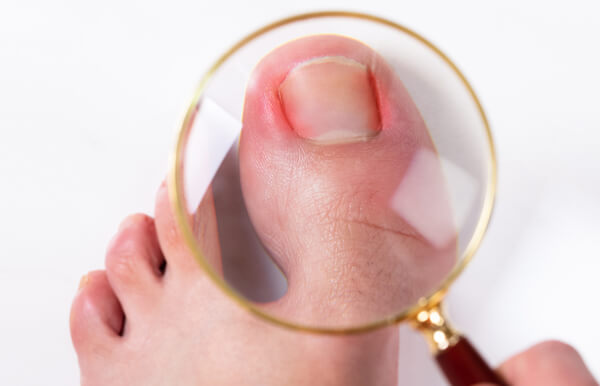
Best Home Remedies for Ingrown Toenails
1. Soak Your Feet Regularly
Foot baths are a crucial part of the treatment, as they soften the nail and the surrounding skin, making other remedies more effective. It's important to:
-
Soak your feet regularly: 2 to 4 times daily for 20 to 30 minutes.
-
Use hot or warm water.
-
For best results, add the following healing substances to your foot bath:
-
Epsom Salt: Epsom salt softens the skin, making it easier to maneuver the toenail. Add a heaped tablespoon of salt to the water and soak your feet for 20 minutes. Repeat at least twice daily.
-
Hydrogen Peroxide: Mix half a cup of hydrogen peroxide in water and soak your foot for at least 20 minutes. Peroxide softens the skin, helps prevent infection, and offers some relief from symptoms.
-
Apple Cider Vinegar (ACV): Add a few tablespoons of raw ACV to warm water and soak your foot. ACV can also be ingested for internal benefits and to help fight infection; many find mixing it with raw honey and warm water to drink every morning beneficial for overall health.
-
2. The Cotton Ball Method
After you've soaked your feet, follow these steps:
-
Take a small piece of cotton or a cotton ball and roll it between your fingers to create a small, firm roll.
-
Carefully lift the edge of the ingrown nail and place the cotton roll between the nail and the skin. This may be painful but it elevates the toenail, preventing it from growing further into the skin.
-
Leave the roll in place until your next soak.
-
Change the roll after every soak and try to gently push it a bit further under the nail each time (without causing damage or excessive pain).
3. Topical Treatments
You can also apply certain substances directly to the affected area to aid treatment and prevent infection:
-
Apple Cider Vinegar (ACV): Pour some raw ACV onto a cotton ball and dab the affected area several times a day.
-
Essential Oils: Essential oils can help relieve pain and prevent infection. Apply a few drops directly to your toe or mix with a carrier oil (like olive or coconut oil). Useful essential oils include:
-
Eucalyptus oil
-
Tea tree oil
-
Oregano oil (must be mixed with a carrier oil before application)
-
Lavender essential oil
-
White Flower Oil (a blend of herbal oils often used to help ease the removal of ingrown nails).
-
4. Other Home Methods
Consider these additional techniques for your troublesome toe:
-
Lemon Slice: Cut a thin slice of lemon and secure it to the affected nail with a bandage or gauze. Leave it overnight. This treatment is particularly useful if you already have an infection, as the lemon’s acidity will help fight it.
-
Vicks VapoRub: This menthol-based ointment, typically used for colds and coughs, can also provide relief for an ingrown toenail. It softens the nail, making it easier to maneuver, and acts as an antiseptic to help clear infection. Apply Vicks VapoRub directly onto the nail (try to get some underneath as well), then cover with a bandage overnight.
While undergoing home treatment, give your feet and toes a rest. It's best to go barefoot or wear open-toed footwear for a few days to allow the toe to heal. Afterward, remember to wear comfortable shoes that provide ample space for your toes and always cut your toenails straight across to prevent future ingrown nails.
If the problem persists or you observe worsening signs of infection, such as increased redness, swelling, pain, or pus, you must see a doctor to avoid further complications.
Have you tried any of these home remedies for an ingrown toenail, or do you have other tips that have worked for you?
News in the same category


Just Two Hours of Sitting in Silence May Spark Growth of New Brain Cells, Study Finds

Rising Kidney Failure in Young People: One Harmful Habit Many Are Unknowingly Practicing
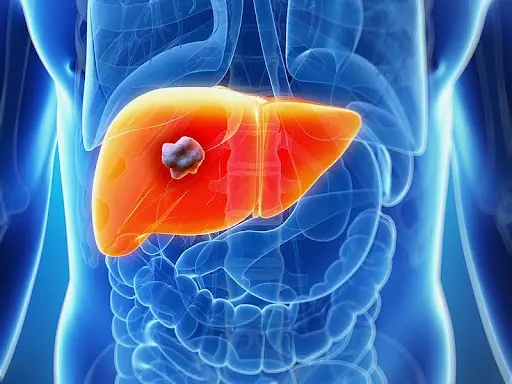
5 Early Signs of Liver Failure: Seek Medical Help Early to Prolong Life – Number 2 Is Especially Common

7 Health Problems That Can Happen If You Don’t Drink Enough Water
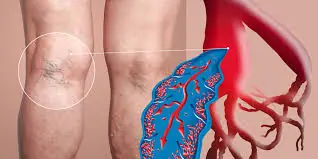
Blood Clot in Leg: Crucial Signs and Symptoms You Can't Afford to Ignore
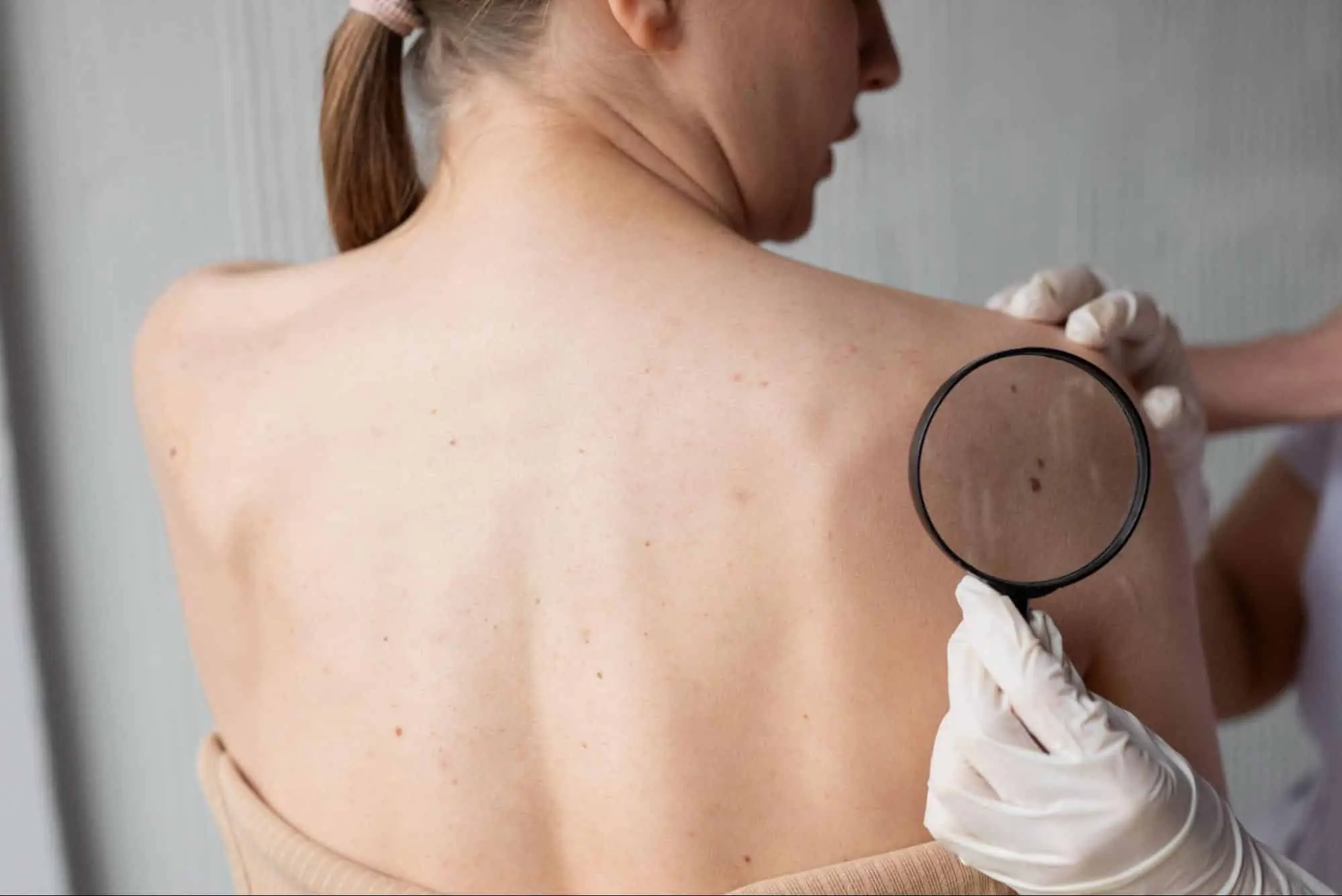
20 Subtle Cancer Symptoms Many People Miss
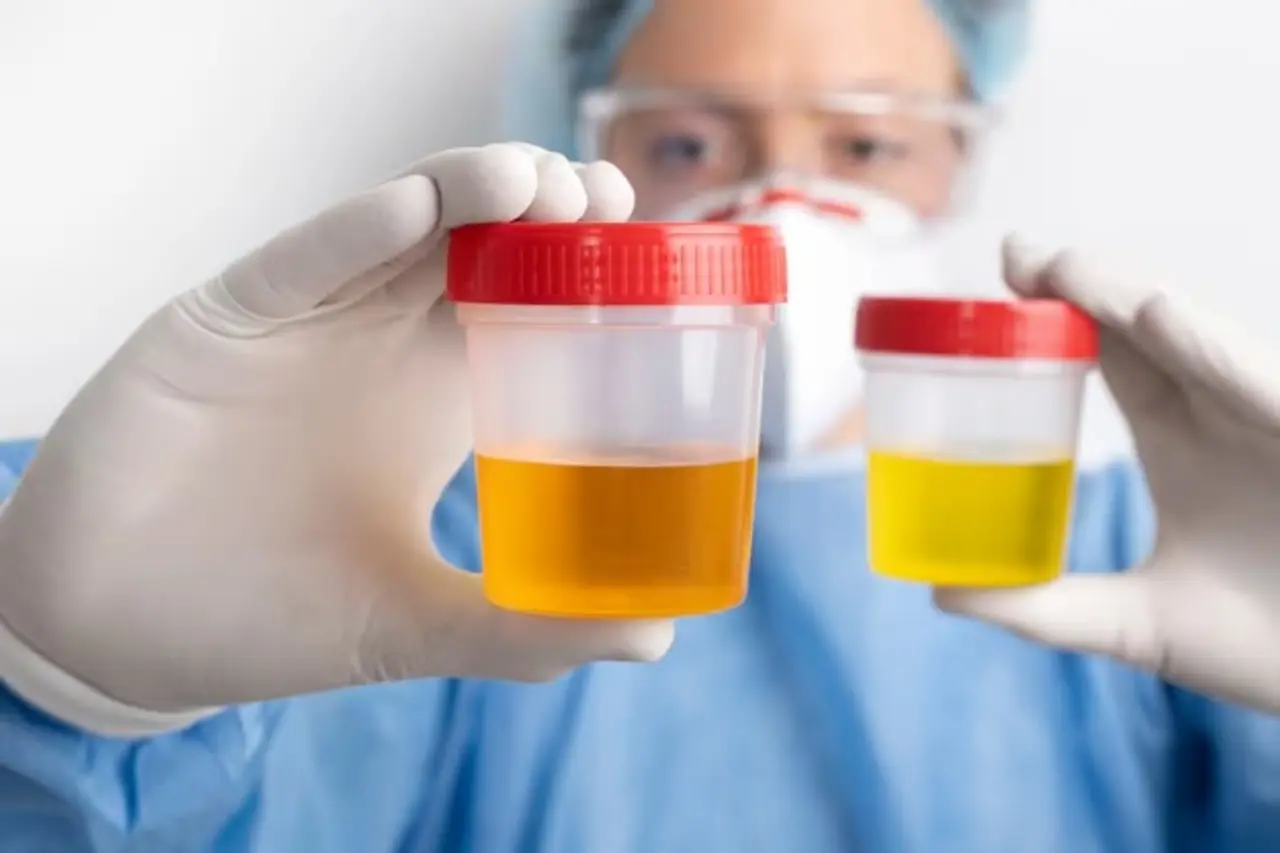
Game Changer: New Urine Test Detects Pancreatic and Prostate Cancer Early with 99% Accuracy

Surprising Triggers: What May Be Causing Your Hives (Urticaria)

The Truth Behind ‘Durex’: What Its Name Actually Stands For Has Stunned Many

Your Eyes: Windows to Your Health – Uncovering Diabetes and Cancer Through Vision
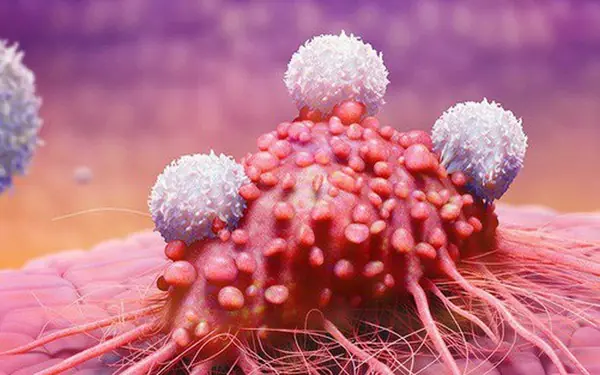
5 Early Warning Signs of Cancer in Children: Parents Must Know to Save Their Child

If Your Body Has a Bad Odor in These 3 Areas, It Could Mean Poor Liver Detox and Declining Function – Get Checked Before It’s Too Late!
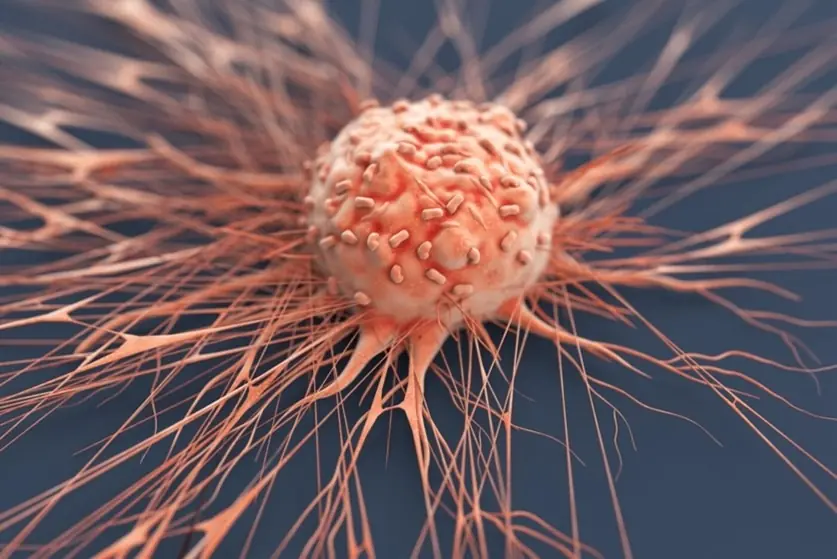
Warning: If You Notice This Symptom in Your Body, Go to the Hospital Immediately – It Could Be Late-Stage Nasopharyngeal Cancer

Astonishing Cancer-Fighting Power of One Juice — Even Doctors Are Surprised

5 Types of Cancer with Over 90% Cure Rate: Early Signs Everyone Should Pay Attention To

Doctor's Advice: Whether You're Rich or Poor, Never Eat These 3 Foods for Breakfast – They Can Lead to Aggressive Cancer

Scientists Use CRISPR to Eliminate HIV from Human Immune Cells
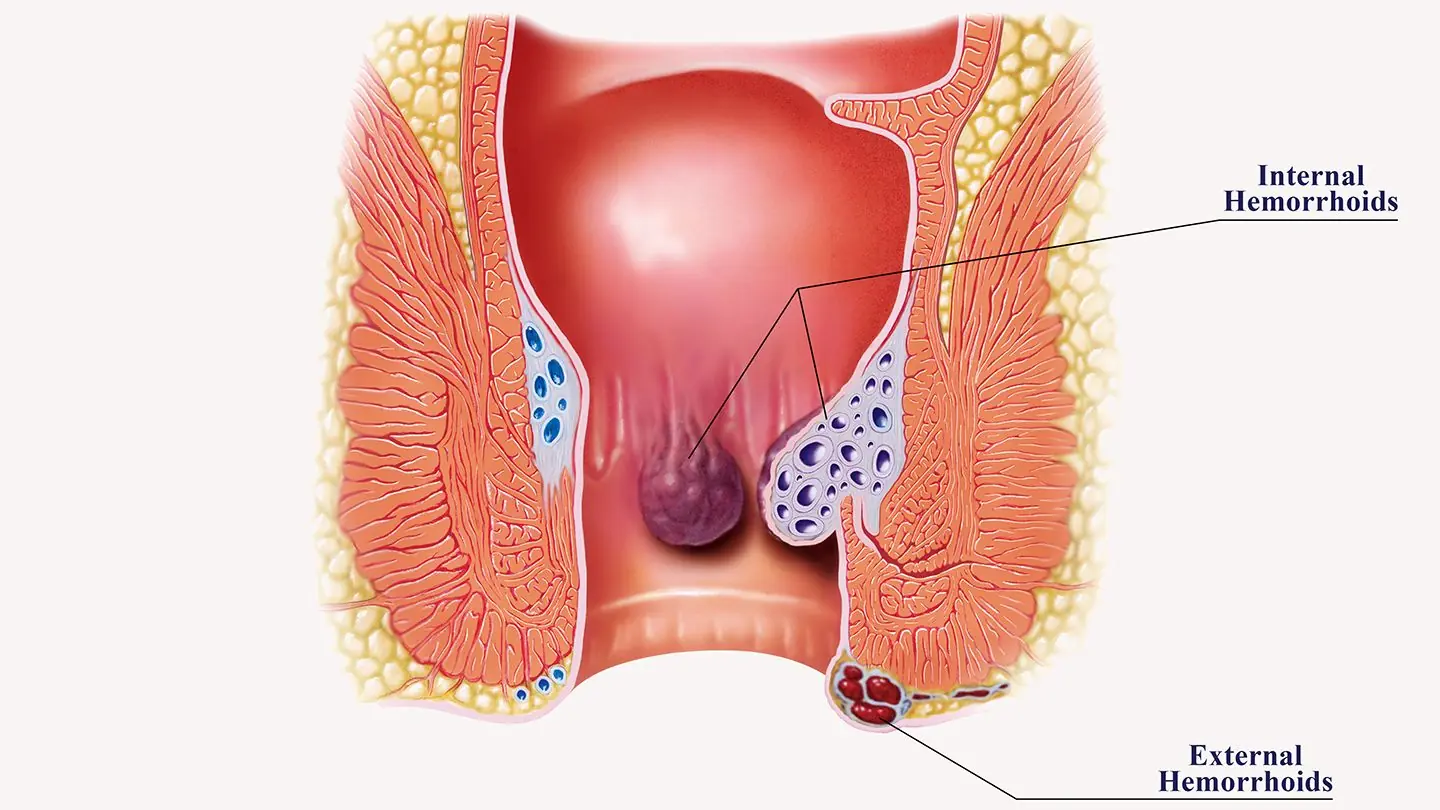
Hemorrhoids: Fast, Effective, Science-Backed Ways to Find Relief
News Post

The first animal you spot in this visual reveals your ‘worst flaw’

Nature’s Secret Superfood: Why Purslane Is the Game-Changer Your Health Needs 🌿
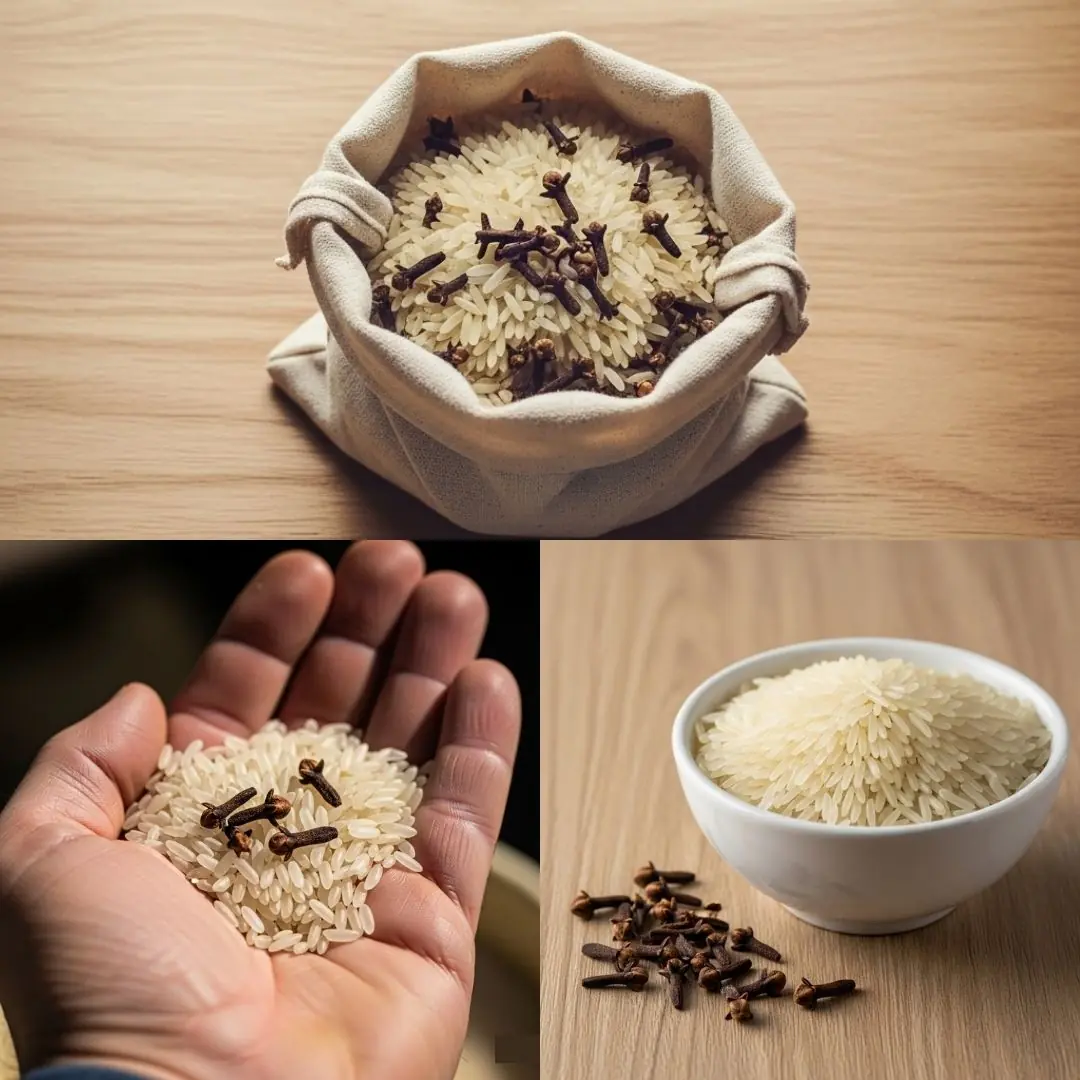
🚫 Say Goodbye to Weevils: Easy Tips to Keep Your Beans and Rice Safe

People Shocked To Learn What Apollo 11 Astronauts Left Behind As Life Insurance

NASA Claims China’s Giant Dam Is Quietly Changing Time And Earth’s Balance

One Gram of DNA Can Store Around 215 Petabytes. More Data Than All of YouTube!

The Longest Walkable Distance On Earth Which No One Is Known To Have Completed

12-year-old girl dies of rare cancer—parents noticed worrying sign as she brushed teeth

Just Two Hours of Sitting in Silence May Spark Growth of New Brain Cells, Study Finds

This Military Sleep Method Helps You Fall Asleep In Less Than Two Minutes

Japan On Edge: Scientists Warn 82% Chance Of Megaquake That Could Kill 300,000

Purslane: The Humble Backyard Superfood You’ll Wish You’d Known Sooner
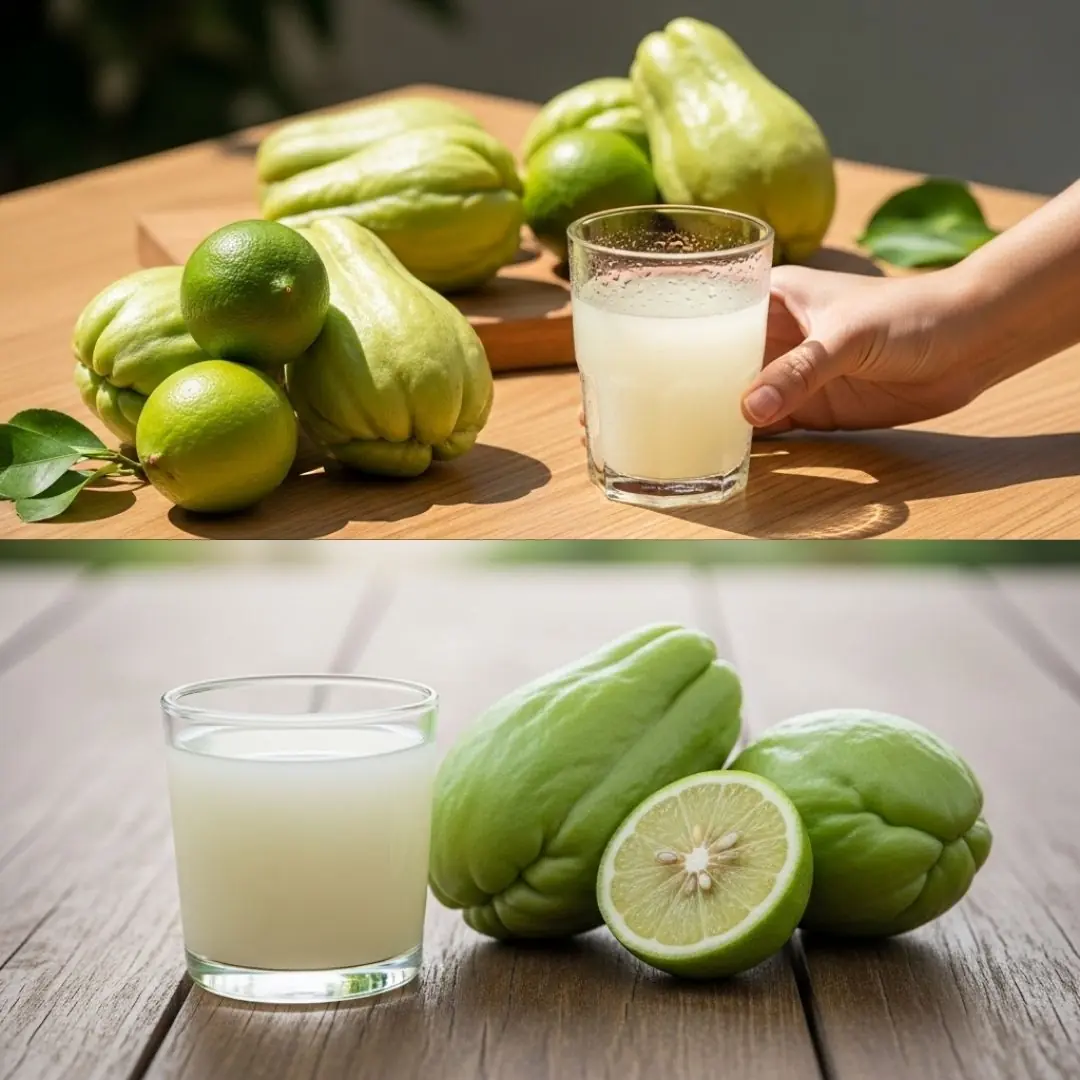
🥒🍋 Mix Chayote and Lemon — You'll Thank Me When You Discover What It's For!

Every Breath You Take Alters Your Visual Perception

Popular Medications Millions Of People Take At Night Have Been Linked to Disabilities

10 Popular Ultra-Processed Foods Now Linked to Cancer, Study Confirms

A 9th-century onion and garlic remedy just killed 90% of antibiotic-resistant MRSA in lab tests

“If you’re that depressed, reach out to someone. And remember, suicide is a permanent solution to temporary problems.” – Robin Williams

The world’s first lung cancer vaccine enters clinical trials in seven countries
